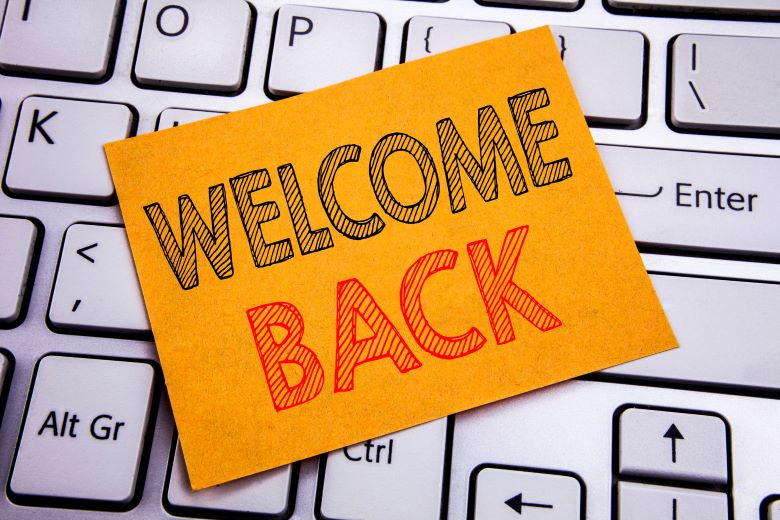What should be top of mind as you consider returning to the office
Ragan’s new “Back to the Workplace Guide” includes everything you need to know before, during and after your workforce returns to the office.

How soon should you rally the troops to return to the workplace? How do you reassure your employees, communicate your new safety measures, or protect your organization against COVID-19-related lawsuits?
These are questions everyone is asking. We’ve put together a guidebook, Ragan’s “Back to the Workplace Guide” filled with those answers. Packed with templates, checklists, case studies, a resource library and more, this guidebook is your roadmap.
Even when a post-pandemic world emerges, the pandemic will have forever changed offices and workplaces. Organizations that resisted allowing staffers to work from home are rethinking the idea of working from home.
One such company is Dixon Schwabl, a Rochester, New York, advertising and marketing firm, says CEO Lauren Dixon. “I was proved dead-wrong, because our team is super, super productive working from home,” she says.
Safety and health are only the start of the issues organizations must communicate as they reboard their workforces. Meanwhile, communicators must spread the word about new protocols, and find ways reunite office employees—who have been sheltering at home—with facilities and manufacturing staff, who bravely came to work every day during the pandemic.
For those who have workforces that stayed on the job during the shutdowns, coronavirus has sharpened the preexisting communications dichotomy between in-office staff and deskless manufacturing workers.
Domtar, a paper manufacturer with production facilities in Europe and North America, has just under 10,000 employees globally, says Courtney St. Onge, senior manager of communications. Production was considered essential, so manufacturing associates remained while others sheltered at home. The company provided managers with talking points so that they could answer those who asked, “Why are we still working when all the other businesses in our town are closing,” St. Onge says.
Communication will be essential if companies are to unite and successfully reboard their worried workforces. Just over half of U.S. employees they are concerned about exposure to COVID-19 at their job, Eagle Hill Consulting reports.
On the plus side, most (71%) reported confidence that their employers can bring them back to work safely. Forty-four percent of workers want continued leader transparency and open communication, and 42% expect remote work flexibility. Forty-one percent demand employee wellness efforts.
Communications departments are at the center of explaining new practices—such as social distancing and temperature-taking—that will be necessary to “activate the next normal,” in the words of Edelman.
Learn more about this new normal and everything you need to know as you embark on this transition. Purchase your copy of Back to the Workplace Guide today.






